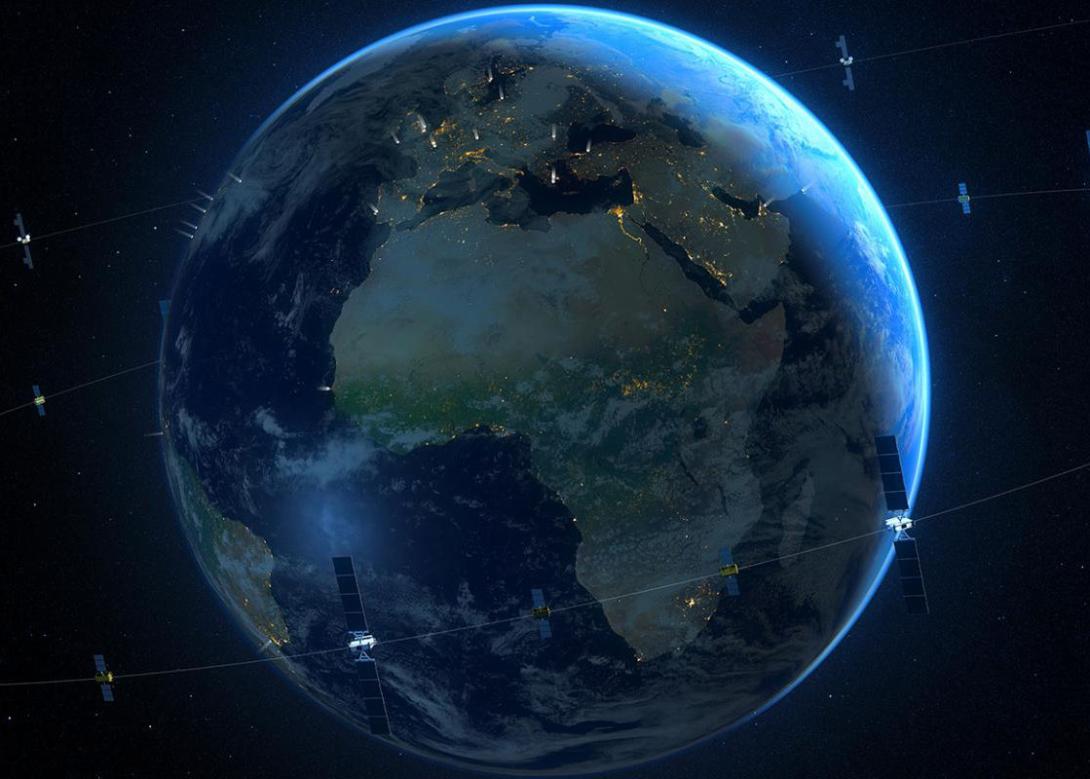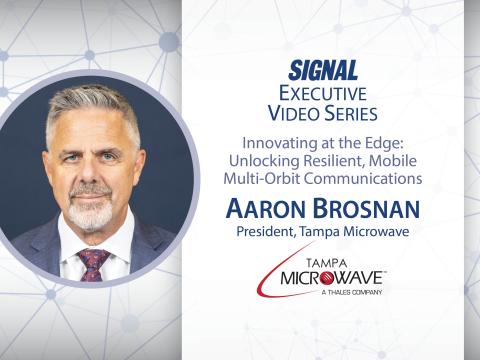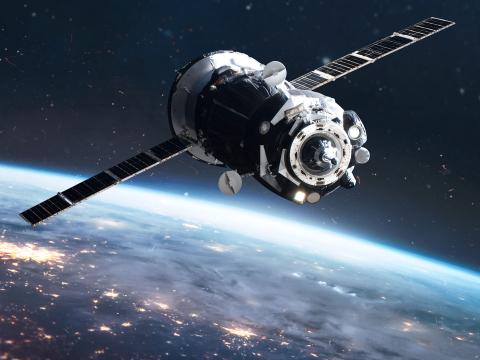D2D’s Lifesaving Capability
The ability to connect satellite communications to devices, with so-called direct-to-device (D2D) capabilities, will provide great capacity for first responders, experts have noted.
Just last year, SpaceX received temporary approval to provide direct-to-cell connectivity to T-Mobile customers facing cellular outages during Hurricane Milton and Hurricane Helene, SpaceNews reported. According to T-Mobile’s website, the company and SpaceX subsidiary Starlink have launched more than 600 satellites to provide coverage to “end dead zones.”
From a device perspective, D2D looks similar to a terrestrial network, and AT&T, which built and maintained for the government the FirstNet network since 9-11, sees D2D providing key connectivity for disaster recovery and remote first responder operations in areas its expansive terrestrial network does not reach.
“The FirstNet network is critical to our first responders, for safety and security, in order to keep them safe, but also to enable them to serve the population,” John Wojewoda of AT&T explained. “If they are doing a rescue mission in a rural forest, where there is no coverage today, they’ll have the ability to get some connectivity, which could make the difference between life and death.”
D2D could also be a foundation during a natural disaster, where portions of the terrestrial network are impaired because of a hurricane, for example.
“If cell sites are taken out in a fire and a rescue mission is needed, working with the FirstNet Authority, we could turn up additional capacity on the satellite network and keep them connected for them to complete their mission,” he said.





Comments